
The nasal turbinates are spongy, narrow passages that help keep the nostrils moist. There are six conchae in the nose, three in each nostril. The turbinates are composed of bone and soft tissue. The overgrowth of the turbinates causes turbinate hypertrophy. Patients with enlarged turbinate may experience difficulty in breathing, frequent nosebleeds, and recurrent nasal infections.
Reasons
Nasal turbinate enlargement can be acute (one-time) or chronic. It may come on suddenly, or the symptoms may increase over time and become a chronic problem. Causes include upper respiratory tract infection, common cold, acute sinus infection, chronic rhinitis, seasonal allergies, chronic sinusitis, hormonal changes. Also, a deviated septum, external nasal deformity, or problems in the sinuses can cause turbinate enlargement. It is not genetic but is more common in people with a family history of allergic rhinitis.
What are the symptoms of nasal turbinate enlargement?
Difficulty in breathing through the nose, that is, nasal congestion, is the most common symptom. The congestion usually increases at night when lying down. In addition, snoring, difficulty falling asleep, and nosebleeds may occur. It is common to sleep with your mouth open at night. The sense of smell may also be affected.
Turbinate Reduction Treatment
Treatment depends more on the specific cause and whether the growth is chronic. In general, there are two main treatments: medication and surgery.
Medication:
It is the first treatment option to help reduce symptoms. Medicines must use under the supervision of a doctor. For example, for acute turbinate hypertrophy, nasal decongestant sprays may only use for a short time. Using these sprays for longer than three days can cause swelling in the nasal cavity, worsening symptoms, and dependence on prolonged use. If nasal flesh growth is not chronic, it will probably improve over time and with medication. However, if the air passage narrowed severely, surgical intervention would be recommended.
Surgical treatment:
Surgery usually performs through the nostrils. The surgery aims to improve the airflow through the nose by shrinking the turbinate. There are different surgical techniques to reduce the size of the turbinates. The two most common techniques are radiofrequency therapy and endoscopic turbinate reduction. The recommended technique may vary, depending on the patient’s specific condition, the severity of nasal concha enlargement, and the experience of the ENT specialist.
Treatment with radiofrequency waves
Radiofrequency turbinate reduction surgery is an outpatient procedure that shrinks the turbinate by heating the submucosal lining between the turbinate and septum. It performs with a small probe inserted through the nostril. The Probe directs the radiofrequency waves into the tissue. 6-8 weeks after the application, shrinkage of the tissue occurs, and the airway expands. The effectiveness rate is about eighty percent. So, there is usually no need for a second operation. However, it repeats if necessary. Temporary nasal congestion can experience in the first few weeks after the procedure. It is an effective and comfortable method that treats nasal flesh. It can apply in the same session during other operations related to the nose. The treatment completes in about 10-15 minutes. The patient can continue his daily life after the treatment.
Endoscopic turbinate reduction
It is an operation performed under general anesthesia. It can perform in conjunction with septoplasty. The procedure performs using an endoscope, a thin tube with a light at the end. With the use of the endoscope, the surgeon views the inferior turbinate and makes a small incision in the mucosal lining of the turbinate. In the lower part, the turbinate bone or the soft tissues around the turbinate can be thinned or removed with a small instrument. Alternatively, the radiofrequency method can use to shrink the tissue. After the surgery, the patient can usually go home the same day. However, we recommend rest for 72 hours. Turbinate reduction surgery is an operation that protects the turbinate mucosa. It does not damage the mucosal and does not require tampons. It is an effective method of reducing nasal flesh.
You can use our contact page for detailed information and appointments.


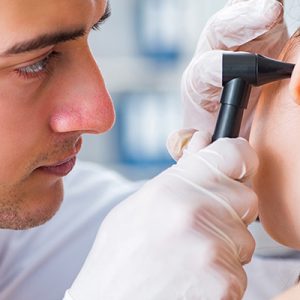
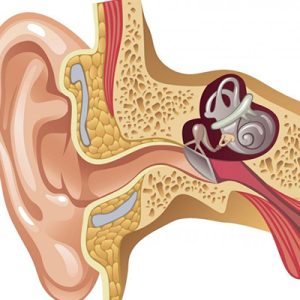
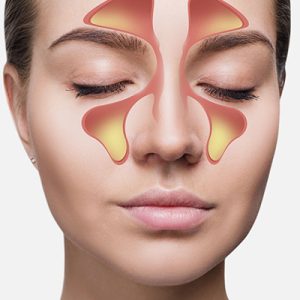
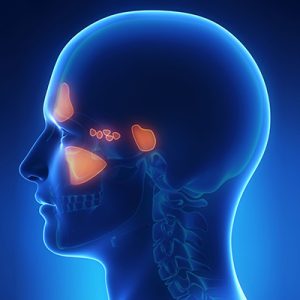

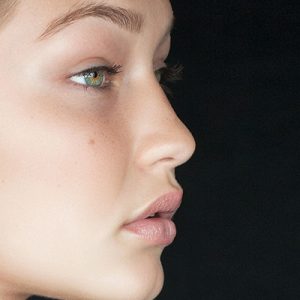



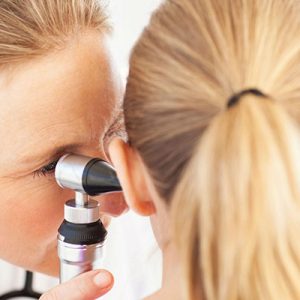







I am 5 weeks since my operation and am already extremely happy with my results. Thank you Hayati for everything you have done..
Dr Hayati Kale and his amazing staff were very professional, informative and friendly, and provided a first class result. Highly recommended..
The result is exactly what I was looking for. I'm finally able to breathe and couldn't be happier with the improved shape of my nose..
If you are considering a rhinoplasty surgery without hesitation, I highly recommend Hayati Kale ! There is no one better than him in Istanbul.